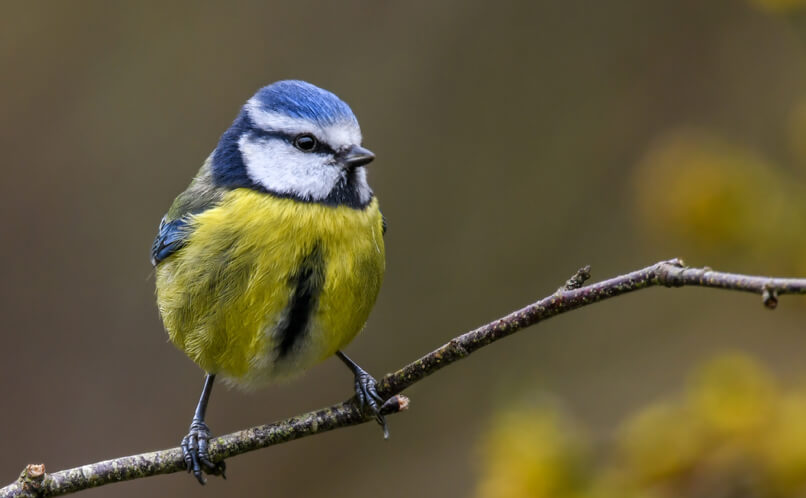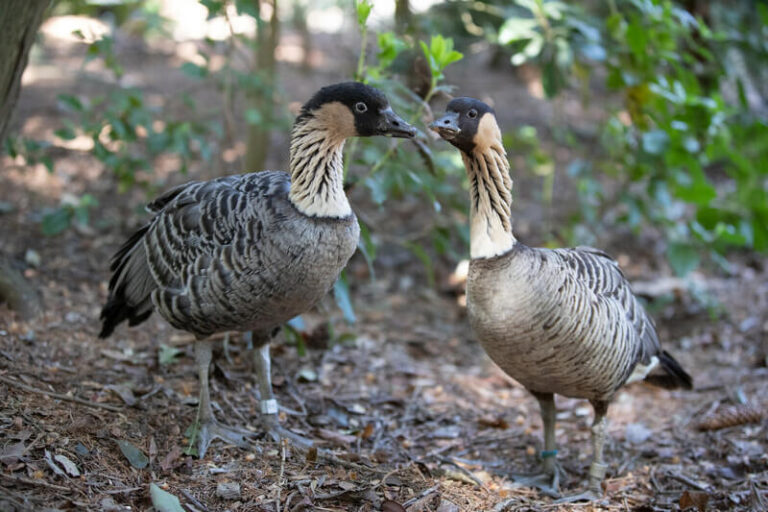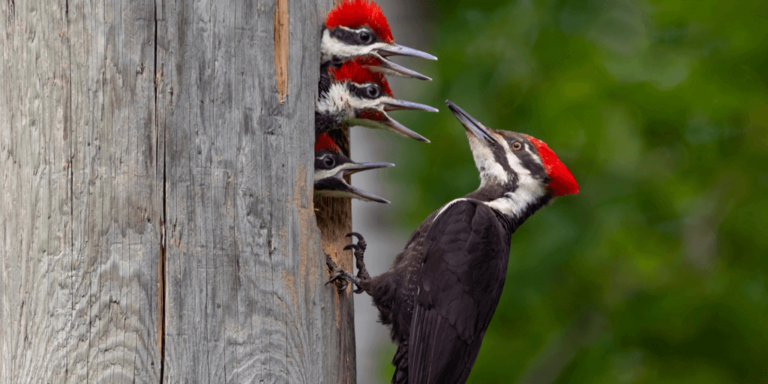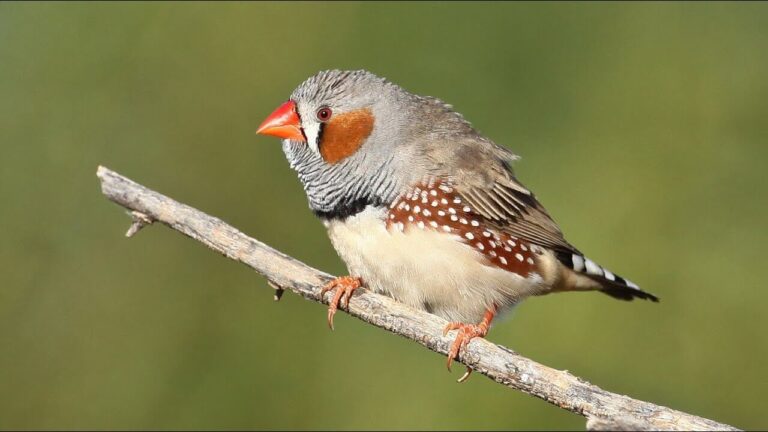Blue Tit Bird: A Detailed Exploration of One of Nature’s Most Delightful Species
The blue tit (Cyanistes caeruleus) is one of the most vibrant and charming birds seen throughout Europe. Its small size, striking colors, and lively personality have captured the hearts of birdwatchers and nature enthusiasts alike. Despite its delicate appearance, the blue tit is a tough and resourceful species that plays an important role in ecosystems.
In this article, we will dive into the intricate details of this fascinating bird, exploring its scientific classification, physical characteristics, habitat, behavior, diet, reproduction, predators, and conservation status.
Let’s also uncover interesting facts about the blue tit, including its evolutionary history and the unique relationship it shares with humans.
Contents
- 1 Scientific Classification of the Blue Tit
- 2 Physical Characteristics of the Blue Tit
- 3 Habitat of the Blue Tit
- 4 Behavior of the Blue Tit
- 5 Diet of the Blue Tit
- 6 Reproduction of the Blue Tit
- 7 Predators of the Blue Tit
- 8 Conservation Status of the Blue Tit
- 9 Interesting Facts About the Blue Tit
- 10 Evolutionary History of the Blue Tit
- 11 The Blue Tit’s Relationship with Humans
Scientific Classification of the Blue Tit
- Kingdom: Animalia
- Phylum: Chordata
- Class: Aves
- Order: Passeriformes
- Family: Paridae
- Genus: Cyanistes
- Species: Cyanistes caeruleus
The blue tit belongs to the family Paridae, which encompasses small passerine birds known for their acrobatic feeding techniques. Cyanistes caeruleus, commonly referred to as the blue tit, is one of the most recognizable members of this group.
Physical Characteristics of the Blue Tit

The blue tit is a small bird, typically measuring between 11 to 12 cm in length and weighing around 10-12 grams. Despite its diminutive size, its plumage is incredibly striking.
- Coloration: The blue tit has a bright azure-blue crown and wings, contrasted with a greenish back and yellow belly. It also has a distinctive white face with a black line running through its eyes and a subtle black neck band.
- Beak: It has a short, fine, and pointed beak, ideal for catching insects and picking seeds.
- Tail: Its tail feathers are also blue and slightly rounded, helping with its agile movements.
Habitat of the Blue Tit
Blue tits are widely distributed across Europe and parts of western Asia. They are highly adaptable birds, thriving in a variety of environments, such as:
- Woodlands: They are commonly found in deciduous and mixed woodlands, particularly where there are oak trees.
- Gardens: Urban gardens and parks provide ample feeding opportunities, making blue tits frequent visitors to bird feeders.
- Farmlands and Hedgerows: The dense foliage and abundance of insects make farmland areas a suitable habitat for these birds.
While they prefer lower elevations, blue tits have been found nesting at altitudes as high as 1,500 meters in some regions.
Behavior of the Blue Tit
Blue tits are highly active and social birds. Their behaviors reflect their adaptability and intelligence.
- Feeding Behavior: Known for their agility, blue tits can hang upside down from branches and bird feeders while foraging. They often flock together during non-breeding seasons and can be observed using various techniques to extract food from crevices or hanging foliage.
- Territoriality: During the breeding season, blue tits can become fiercely territorial, with males defending their nesting sites from intruders.
- Social Structure: Blue tits often form small groups or flocks outside the breeding season. These flocks may include other species of tits, such as great tits.
Diet of the Blue Tit
The blue tit has an omnivorous diet, which changes seasonally:
- Insects and Spiders: During spring and summer, blue tits primarily feed on caterpillars, spiders, and insects. This high-protein diet is essential for raising their chicks.
- Seeds and Nuts: In autumn and winter, they shift to a diet of seeds, nuts, and fruits. Blue tits are known to frequent bird feeders, where they relish sunflower seeds and fat balls.
Their feeding habits are vital for controlling insect populations, making them beneficial for both gardens and forests.
Reproduction of the Blue Tit
Blue tits typically begin breeding in the spring, from April to June. Key aspects of their reproductive cycle include:
- Nesting: They prefer to nest in tree holes, but they readily use nest boxes provided by humans. Females will line their nests with moss, feathers, and wool to provide a soft environment for their eggs.
- Eggs: A clutch usually consists of 7 to 13 white eggs speckled with reddish-brown spots. The female incubates the eggs for about two weeks.
- Chicks: Once hatched, the chicks are fed by both parents. Blue tit chicks grow rapidly and fledge around 18 to 21 days after hatching.
Predators of the Blue Tit
As small birds, blue tits face numerous threats from predators:
- Birds of Prey: Species such as sparrowhawks and owls are known to prey on adult blue tits.
- Nest Predators: Mammals like squirrels and domestic cats, as well as larger birds, may target blue tit nests for eggs and chicks.
Conservation Status of the Blue Tit
The blue tit is classified as the Least Concern by the International Union for Conservation of Nature (IUCN) thanks to its wide distribution and stable population. However, habitat destruction and climate change pose potential long-term threats.
Interesting Facts About the Blue Tit
- Intelligent Foragers: Blue tits are highly innovative when it comes to finding food. In the mid-20th century, they became famous for their ability to peck through milk bottle tops left on doorsteps in the UK to drink the cream.
- Interspecies Flocking: Blue tits often form mixed-species flocks with other small birds, including coal tits and great tits, to increase feeding efficiency and protection from predators.
- Acrobatic Feeders: Their agility allows them to feed upside down, using their feet to grip thin branches or leaves.
Evolutionary History of the Blue Tit
Blue tits belong to a family of birds that evolved millions of years ago. Fossil records and genetic studies suggest that the Paridae family, which includes blue tits, originated in the Palearctic region and later diversified across Europe and Asia. Over time, these birds adapted to different environments, leading to the emergence of species like the blue tit, which thrives in diverse habitats.
The Blue Tit’s Relationship with Humans
Blue tits have a close relationship with humans, especially in regions where bird feeding is a common practice. Many people enjoy watching them visit their gardens and bluetits have become dependent on supplementary feeding during the winter months. Nest boxes provided by humans have also become crucial for blue tits, especially in areas where natural nesting sites are scarce.
The blue tit also benefits from its role as a natural pest controller, feeding on insects that could otherwise harm crops and garden plants.
Conclusion
The blue tit, with its vibrant colors, energetic behavior, and intelligent foraging techniques, is a bird that captures the fascination of bird lovers worldwide. Despite its small size, it plays an essential role in ecosystems by controlling insect populations and helping with the dispersal of seeds. Its adaptability has enabled it to thrive in both rural and urban environments, making it a beloved visitor to gardens across Europe.
- Golden Retriever Pros and Cons: What Every Pet Parent Should Know - 15 September 2025
- Cane Corso Dog Breed: Health, Care, and Lifespan - 14 September 2025
- Catahoula Leopard Dogs: Description, Temperament, Lifespan, & Facts - 21 July 2025







